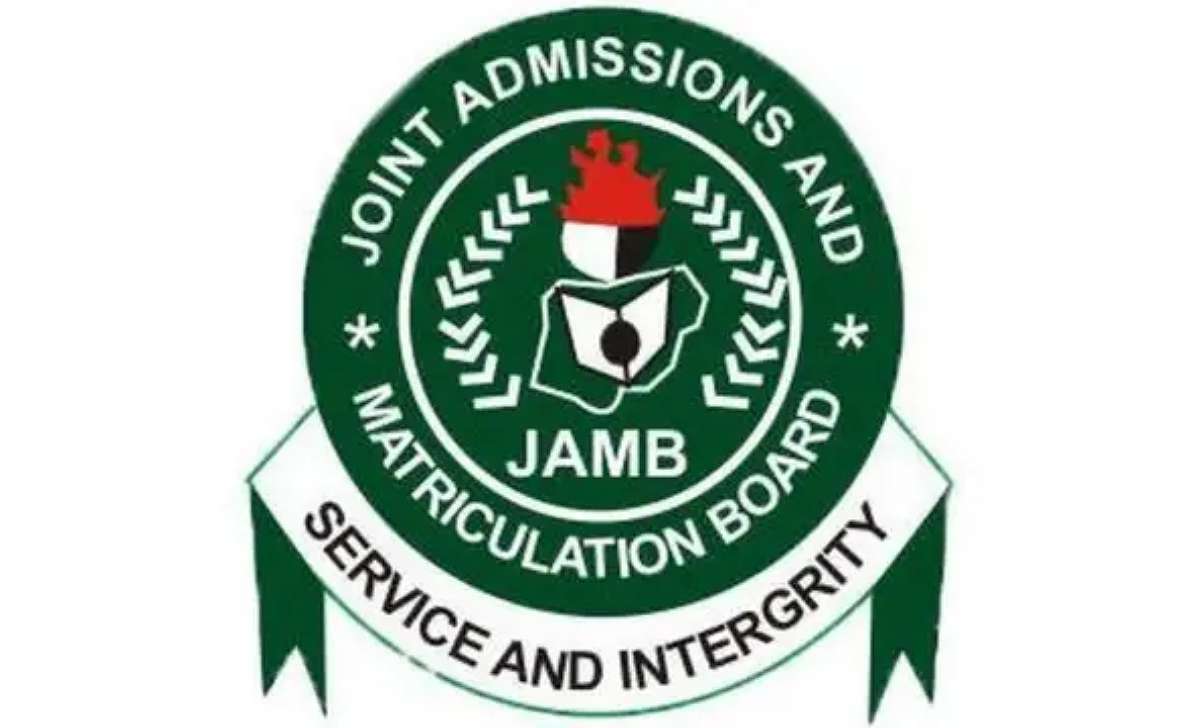If you are planning to writing JAMB exam, one of the most important things you can do is to get familiar with the official JAMB syllabus for Mathematics.
This article outlines the topics you need to study and gives you a clear roadmap to ace the exam, we will break down the Mathematics syllabus in an easy-to-understand way.
Why the JAMB Syllabus Matters
The JAMB syllabus is like a blueprint for your exam preparation. It helps you understand exactly what you need to know for each subject.
By following the syllabus, you’ll know the topics that are important, and you won’t waste time studying things that aren’t relevant.
For Mathematics, this syllabus covers everything from basic arithmetic to complex algebra and calculus concepts.
JAMB Mathematics Syllabus
The Mathematics syllabus for 2025/2026 is divided into several key sections.
These sections cover a range of mathematical concepts that you will need to master before sitting for the exam.
1. Number and Numeration
- Basic Arithmetic Operations: Addition, subtraction, multiplication, and division. Candidates should be able to perform four basic operations (x, +, -, ÷), convert one base to another, perform operations in modulo arithmetic.
- Fractions and Decimals: Operations with fractions, decimals, and percentages. Candidates should be able to perform basic operations (x, +, -, ÷) on fractions and decimals, express to specified number of significant figures and decimal places, calculate simple interest, profit and loss per cent.
- Ratios and Proportions: Understanding how to solve problems involving ratios and proportions. Candidates should be able to solve ratio proportion, rate and percentage error, solve problems involving share and VAT.
- Indices, Logarithms, Surds: You’ll need to know how to work with indices and logarithmic equations. Also, simplifying square roots and cube roots. Candidates should be able to apply the laws of indices in calculation, establish the relationship between indices and logarithms in solving problems, solve equations involving indices, solve problems in different bases in logarithms, simplify and rationalize surds, perform basic operations on surds.
2. Algebra
- Linear and Quadratic Equations: Solving simple linear equations and inequalities. How to solve quadratic equations using various methods, including factorization. Candidates should be able to solve problems on linear and quadratic inequalities, interpret graphs of inequalities.
- Polynomials: Understanding polynomials and working with their roots. Candidates should be able to find the subject of the formula of a given equation, apply factor and remainder theorem to factorize a given expression, multiply, divide polynomials of degree not more than 3 and determine values of defined and undefined expression, factorize by regrouping difference of two squares, perfect squares and cubic expressions; etc., solve simultaneous equations – one linear, one quadratic, interpret graphs of polynomials including applications to maximum and minimum values.
- Variation: Problems involving direct, inverse, and joint variations. Candidates should be able to solve problems involving direct, inverse, joint and partial variations, solve problems on percentage increase and decrease in variation.
3. Geometry and Trigonometry
- Euclidean Geometry: This includes the study of angles, triangles, and circles.
- Mensuration: The study of areas and volumes, such as finding the area of a circle or the volume of a cylinder.
- Trigonometric Ratios: Sine, cosine, and tangent, and how to apply these in different problems.
- Coordinate Geometry: Working with the coordinate plane, including the distance formula and the equation of a straight line.
4. Calculus
- Differentiation and Integration: These are advanced topics you’ll need to understand for the exam. Differentiation involves finding the rate of change of a function, while integration is about calculating areas under curves.
5. Statistics
- Data Collection: Understanding how to collect and organize data.
- Probability: Basic probability concepts and solving related problems.
- Graphical Representation: Interpreting data from graphs and charts.
Tips for Using the JAMB Mathematics Syllabus Effectively
- Plan Your Study Time: Break down the syllabus into manageable chunks. Don’t try to cover everything in one sitting.
- Focus on Key Topics: While all topics are important, some might carry more weight in the exam. Pay extra attention to areas like algebra, trigonometry, and geometry.
- Practice Regularly: The more you practice, the more confident you’ll become. Work through past JAMB questions to get a feel for the exam format.
- Use Resources Wisely: Apart from the syllabus, use textbooks, online resources, and past question papers to supplement your learning.
JAMB Syllabus for All Subjects
- * JAMB Syllabus for Agricultural Science 2025/2026
- * JAMB Syllabus for Arabic 2025/2026
- * JAMB Syllabus for Art 2025/2026
- * JAMB Syllabus for Biology 2025/2026
- * JAMB Syllabus for Chemistry 2025/2026
- * JAMB Syllabus for Christian Religious Studies 2025/2026
- * JAMB Syllabus for Commerce 2025/2026
- * JAMB Syllabus for Computer Studies 2025/2026
- * JAMB Syllabus for Economics 2025/2026
- * JAMB Syllabus for French 2025/2026
- * JAMB Syllabus for Geography 2025/2026
- * JAMB Syllabus for Government 2025/2026
- * JAMB Syllabus for Hausa 2025/2026
- * JAMB Syllabus for History 2025/2026
- * JAMB Syllabus for Home Economics 2025/2026
- * JAMB Syllabus for Igbo 2025/2026
- * JAMB Syllabus for Islamic Studies 2025/2026
- * JAMB Syllabus for Literature in English 2025/2026
- * JAMB Syllabus for Mathematics 2025/2026
- * JAMB Syllabus for Music 2025/2026
- * JAMB Syllabus for Physical and Health Education 2025/2026
- * JAMB Syllabus for Physics 2025/2026
- * JAMB Syllabus for Principles of Accounting 2025/2026
- * JAMB Syllabus for Use of English 2025/2026
- * JAMB Syllabus for Yoruba 2025/2026
- * JAMB UTME Syllabus for all Subjects 2025
